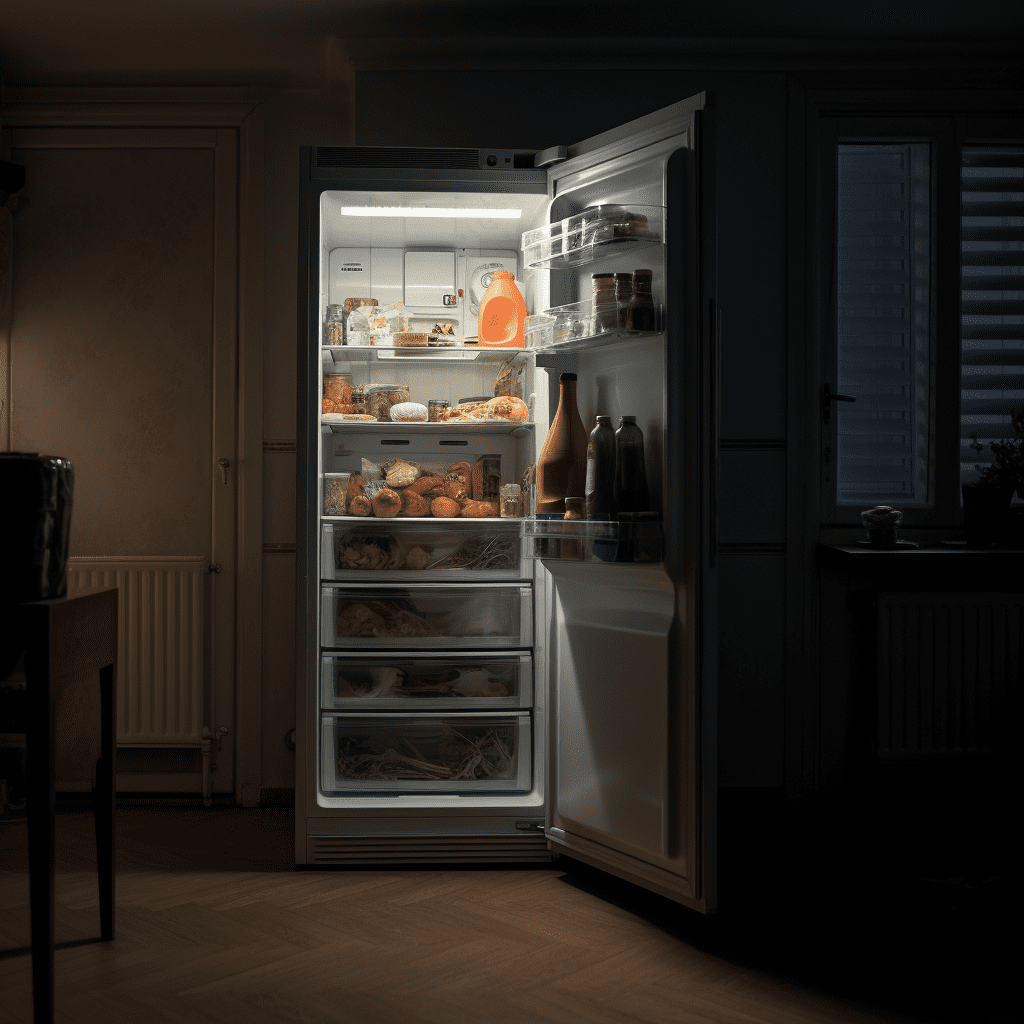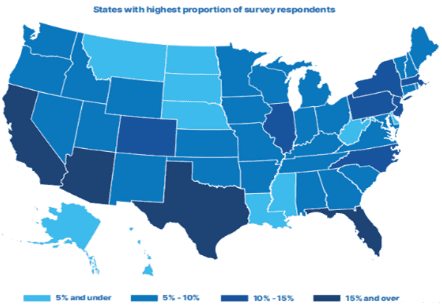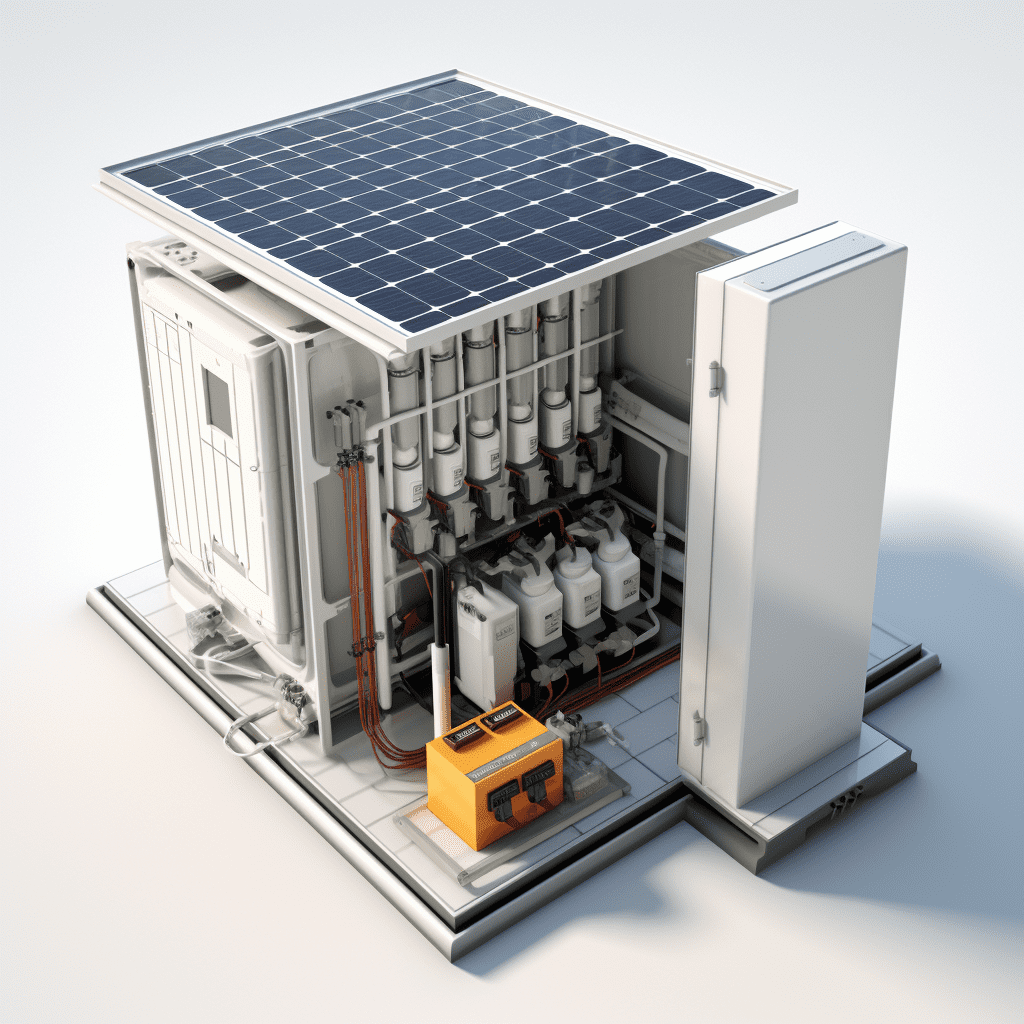When it comes to maintaining the freshness and safety of your food during power outages, selecting the appropriate inverter size for your refrigerator is paramount. The right inverter not only ensures that your refrigerator remains operational but also prevents potential damage from power fluctuations. This comprehensive guide will detail how to choose the perfect inverter size to meet your needs, providing you with the confidence that your refrigeration system will perform optimally when you need it most.
Understanding the Power Requirements of Your Refrigerator
To determine the ideal inverter size, it’s essential first to understand the power requirements of your refrigerator. Refrigerators typically consume two types of power: running power and surge power.
- Running Power: This is the continuous power required by the refrigerator to keep operating once it’s running. It’s generally less than the initial startup power and is measured in watts.
- Surge Power: When a refrigerator’s compressor starts, it requires a surge of power that is significantly higher than the running power. This surge lasts only a few seconds but is crucial to account for when selecting an inverter.
Calculating Your Refrigerator’s Power Consumption
- Find the Wattage Rating: Check your refrigerator’s user manual or the label on the appliance for its wattage rating. This rating typically provides both the running power and the surge power requirements.
- Measure or Estimate the Surge Power: Surge power can be several times higher than the running power. For instance, if your refrigerator has a running power of 200 watts, its surge power could be 800 watts or more.
- Calculate the Total Power Requirement: Multiply the surge power by a factor of at least five to accommodate any additional fluctuations or inefficiencies. This ensures that your inverter will handle both the running and surge power.
Selecting the Right Inverter Size
1. Determine Your Refrigerator’s Wattage
To select the right inverter, start by determining your refrigerator’s wattage. If your refrigerator consumes 200 watts continuously and requires a 800-watt surge, you should look for an inverter that handles a minimum of 1000 watts. This extra margin ensures reliable operation and accounts for inefficiencies.
2. Choose an Inverter with Appropriate Surge Capacity
Surge capacity is critical for handling the initial power draw when the refrigerator’s compressor starts. It’s recommended to choose an inverter that has a surge capacity at least five times higher than the refrigerator’s running wattage. For example, if your refrigerator needs 200 watts to run, a 1000-watt inverter with a surge capacity of 2000 watts would be suitable.
3. Consider the Type of Inverter
- Pure Sine Wave Inverters: These inverters provide the most stable and clean power, closely mimicking the power from the grid. They are ideal for sensitive electronic equipment like refrigerators.
- Modified Sine Wave Inverters: While generally less expensive, modified sine wave inverters may cause inefficiencies and potential damage to sensitive appliances. They are less recommended for refrigerators.
Additional Factors to Consider
**1. Battery Capacity
Ensure that your inverter’s battery can support the power requirements of your refrigerator. Battery capacity, measured in amp-hours (Ah), should be sufficient to power the refrigerator for the duration of the outage. For instance, if your refrigerator runs on 200 watts, a 100Ah battery can theoretically power it for approximately 5 hours, assuming the battery is fully charged and the inverter is efficient.
**2. Inverter Efficiency
The efficiency of an inverter impacts how well it converts power from the battery to usable power for your refrigerator. Higher efficiency means less energy loss. Look for inverters with an efficiency rating of 85% or higher.
**3. Automatic Voltage Regulation
An inverter with automatic voltage regulation (AVR) ensures that your refrigerator receives a stable voltage supply, protecting it from power surges and drops. This feature enhances the longevity of your refrigerator and improves overall performance.
Installation and Maintenance Tips
**1. Proper Installation
Ensure that your inverter is installed in a well-ventilated area to prevent overheating. Follow the manufacturer’s installation instructions carefully, and consider professional installation if you’re unsure about the process.
**2. Regular Maintenance
Perform regular maintenance on both your inverter and battery. Check connections, clean terminals, and ensure that the battery is charged and functioning correctly. Regular checks can prevent unexpected failures during power outages.
**3. Monitor Performance
Keep an eye on your inverter’s performance to ensure that it’s operating within its rated capacity. Monitoring can help you identify potential issues before they become major problems.
Conclusion
Choosing the right inverter size for your refrigerator involves understanding both the running and surge power requirements, selecting an inverter with appropriate capacity, and considering additional factors such as battery capacity and efficiency. By carefully assessing these elements, you can ensure that your refrigerator remains functional and your food stays fresh during power outages.
Investing in the correct inverter not only safeguards your refrigerator but also enhances your overall preparedness for unexpected power interruptions. With this guide, you are equipped to make an informed decision and ensure uninterrupted cooling for your household.






